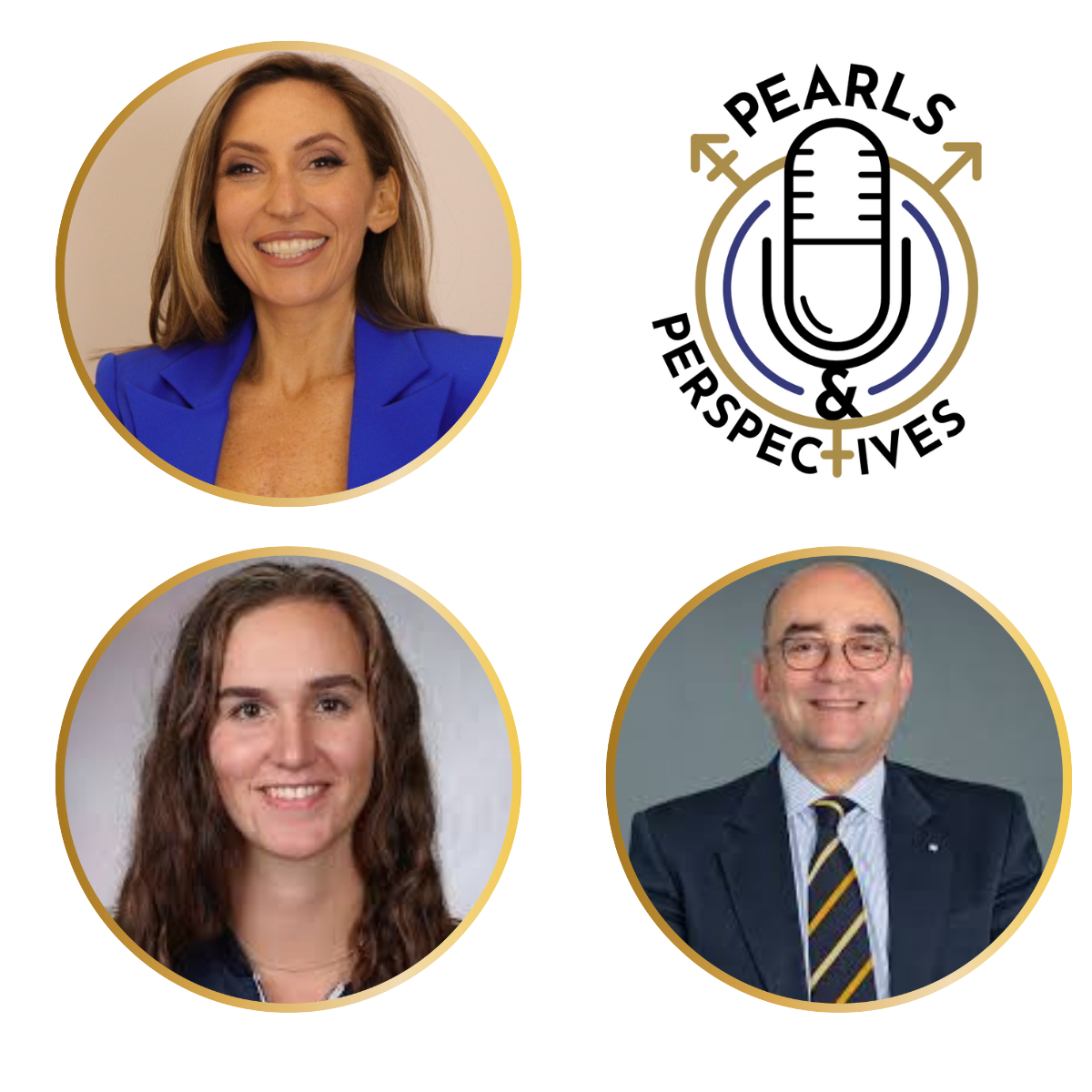madman
Super Moderator

Pearls & Perspectives: Urology's role in GLP-1 RA treatments, with Hossein Sadeghi-Nejad, MD, and Nathalie Eid, BA
This episodes explores the evolving role of GLP-1 medications in testosterone management and their impact on male sexual health and fertility.
In this 2-part episode of Pearls and Perspectives from the American Urological Association's (AUA) 2025 Annual Meeting in Las Vegas, NV, host Amy Pearlman, MD, speaks with Hossein Sadeghi-Nejad, MD, director of Men’s Health at NYU Langone, followed by an inspiring conversation with rising medical student researcher Nathalie Eid, BA, to explore the emerging impact of GLP-1 receptor agonists on testosterone levels and men’s health.
Sadeghi-Nejad shares clinical and research insights into how the widespread use of GLP-1 medications is reshaping the management of male patients, especially those struggling with obesity, infertility, and low testosterone. He explains the potential mechanisms behind GLP-1-induced hormonal changes, noting that some testosterone improvements appear independent of weight loss—a discovery that could redefine approaches to metabolic and reproductive health. Sadeghi-Nejad emphasizes the importance of cross-specialty collaboration and ongoing patient education around nutrition, strength training, and sarcopenia risk while using these therapies.
In the second half of the episode, Pearlman sits down with Nathalie Eid, a third-year medical student at NYU who recently presented her research at AUA 2025. Eid’s study, conducted in collaboration with Sadeghi-Nejad’s team, examines the relationship between GLP-1 therapy, testosterone levels, and sexual function. Their findings suggest that GLP-1 medications may directly influence hormonal pathways beyond simple weight loss effects, offering a potential new layer of complexity for clinicians managing hypogonadism in patients already undergoing metabolic treatment.
Together, Pearlman, Sadeghi-Nejad, and Eid highlight how urologists must adapt to a new clinical reality where GLP-1 therapies are common—and where their effects extend beyond glucose control and weight management. The episode reinforces the need for closer monitoring of testosterone levels, rethinking lab protocols, and considering how adjunctive therapies like testosterone replacement may need to be tailored when GLP-1 use is in play.











